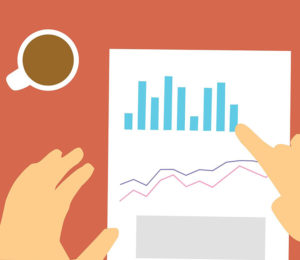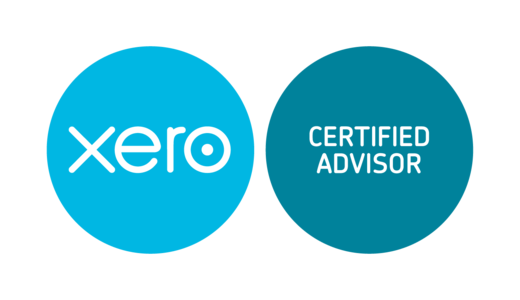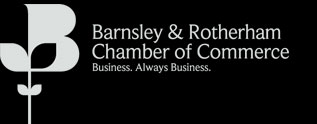What is the difference between profit and cashflow?
The income after all expenses, is your profit. Cashflow is the amount of available cash within a business at any point in time. It’s to meet everyday expenses as a result of the inflows and outflows of money. A question I am frequently asked by clients is why is my cashflow different to the profit shown in my profit and loss account. There are a number of reasons for this.
A question frequently asked by clients is. “Why is my cashflow different to the profit shown in my profit and loss account”.
The accounting policies show the profit and loss in your account. In other words what method and rate is used to calculate depreciation of fixed assets. For businesses that sell and manufacture physical products how is stock and work in progress valued, are you including an expense in the accounts for amounts owed by specific customers who you suspect may not pay. Or are you including a general provision as a pre-determined percentage of all amounts owed to you.
Generally speaking, year end accounts are produced under what is known as the accruals basis of accounting
Generally speaking year end accounts are produced under what is known as the accruals basis of accounting. What this means is that the figures in the profit and loss account are based on the invoiced amounts. Whether paid or not. This is true for both income and expenses. Therefore your income and expenses within the accounts may well include items which have not actually been paid at the year end date.
When you look through your profit and loss account. You’ll will notice expenses such as depreciation, Bad debts (monies which you know for sure will not be received from a particular customer and have been written off) and provisions for doubtful debts. These are all non-cash items. Whilst they will affect profit they will not affect cash. Likewise a company may pay dividends to its shareholders. Whilst the cash flow will be affected, it won’t affect profit as dividends are a distribution of kept earnings and are show on the balance sheet.
It is absolutely vital that a business continually monitors its cashflow as insufficient amounts of cash will mean that a company cannot meet its short term obligations such as paying its suppliers, paying staff and paying HMRC any tax and National Insurance which it may owe. This can happen even if your business is profitable.
For more information about cash-flow, business profit, and year-end accounts, get in touch






